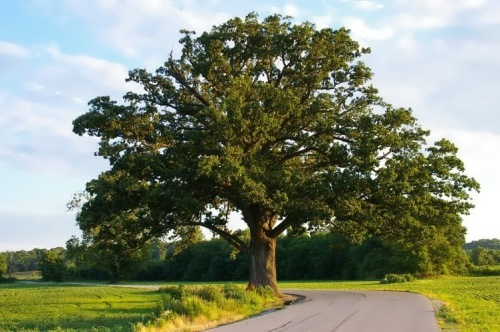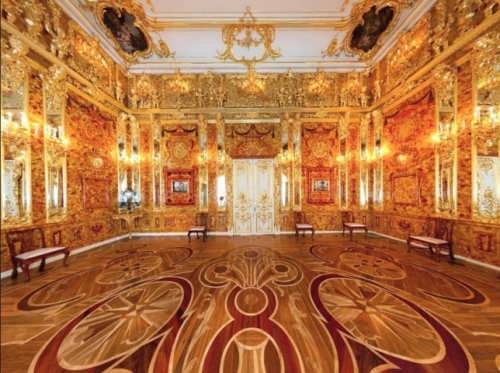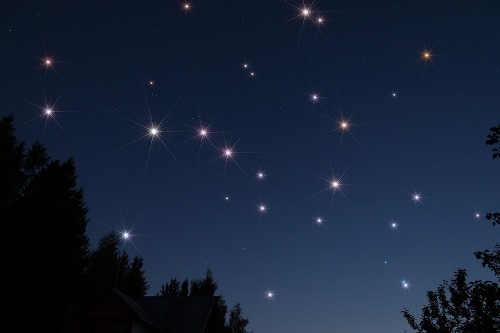Oak – great tree
Oaks are trees and shrubs of the beech family. There are about 450 species of oak. They are common in places with mild weather. Oak trees can grow to 45 meters high. Their leaves can have rounded, rough, or smooth edges. The fruit of an oak tree is the acorn – a round nut in a woody cup. The buds are usually in clusters, often with several about the same size, resulting in the numbers of large irregular branches that give most oaks their characteristic rugged crowns. The male flowers develop in the form of drooping catkins, with fewer females, on short stalks, erect above the males.
The roots are quite extensive, reaching out at least three times the height of the tree and down as deep as 4.6-12.2 m.
There are both evergreen (they have no synchronous leaf loss) and deciduous species.
More »





